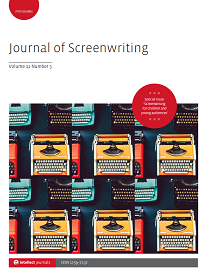
Full text loading...

Team-based learning (TBL) is a collaborative learning method that has been successfully adopted across a number of disciplines since its inception in the early 1970s. This article provides an exploration as to how it has been implemented and why it has not been adopted by arts-based disciplines on quite the same scale as those of scientific, medical, engineering and business-related subjects. The findings indicate that the time required to design a TBL course is a major hindrance to adoption. Other factors such as students’ reluctance to engage with the unfamiliar, unsuitable working spaces; the lack of guidance as to how to design the integral problem-solving exercises; an institutional culture not open to adopting new working practices and limited empirical evidence of the impact of TBL in arts and creative disciplines such as scriptwriting are all reasons given as to why TBL has not crossed wholesale into the study of arts-based subjects. Students are changing and it is therefore imperative that as educators we investigate and discover new ways to teach scriptwriting and arts-based subjects that meet the needs of the requirements of future generations.

Article metrics loading...

Full text loading...
References


Publication Date:
https://doi.org/10.1386/josc_00115_1 Published content will be available immediately after check-out or when it is released in case of a pre-order. Please make sure to be logged in to see all available purchase options.